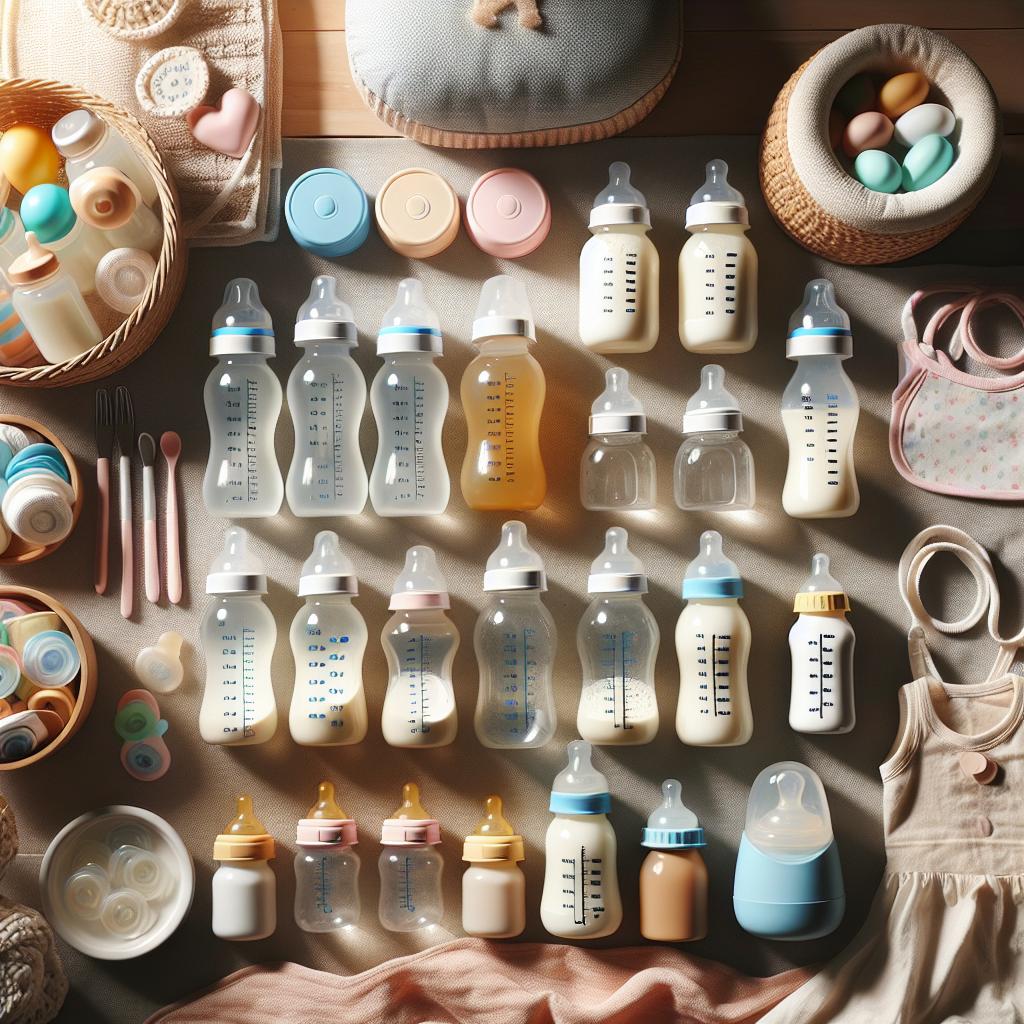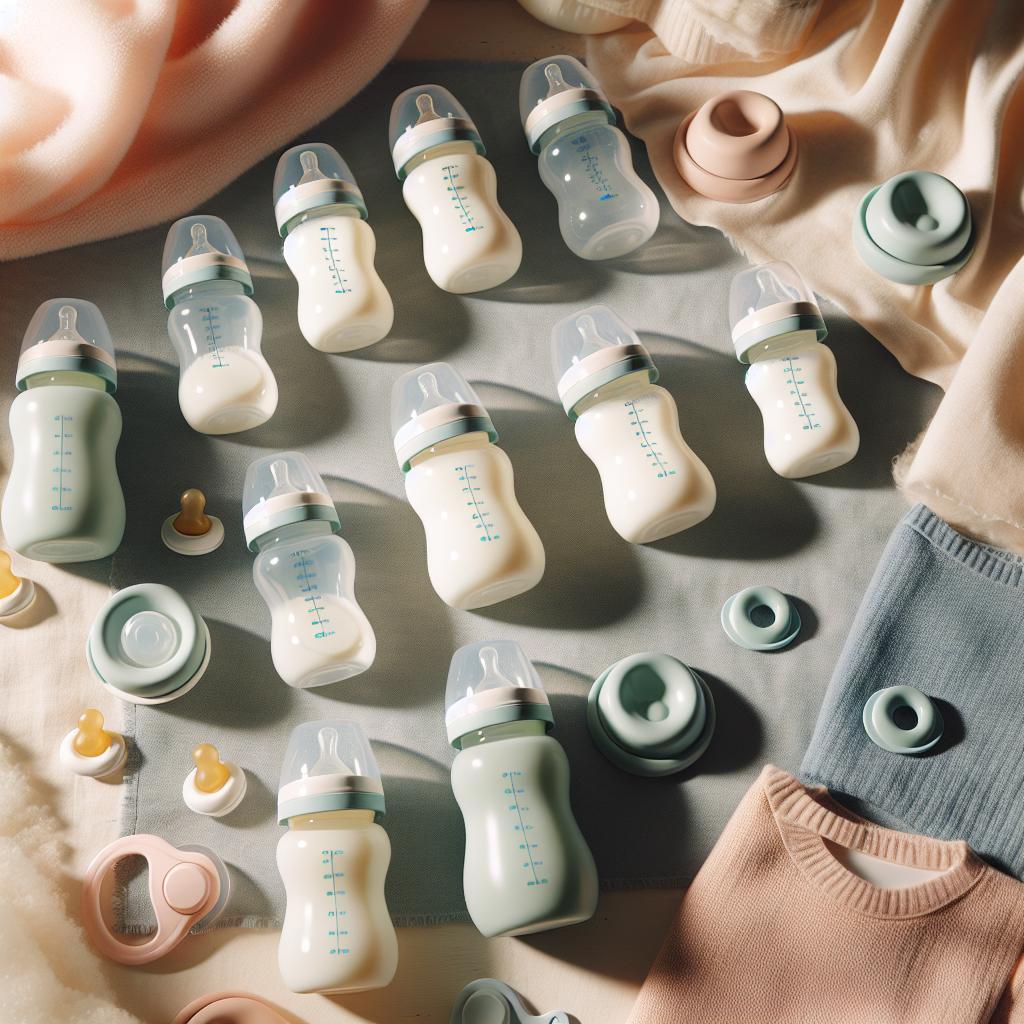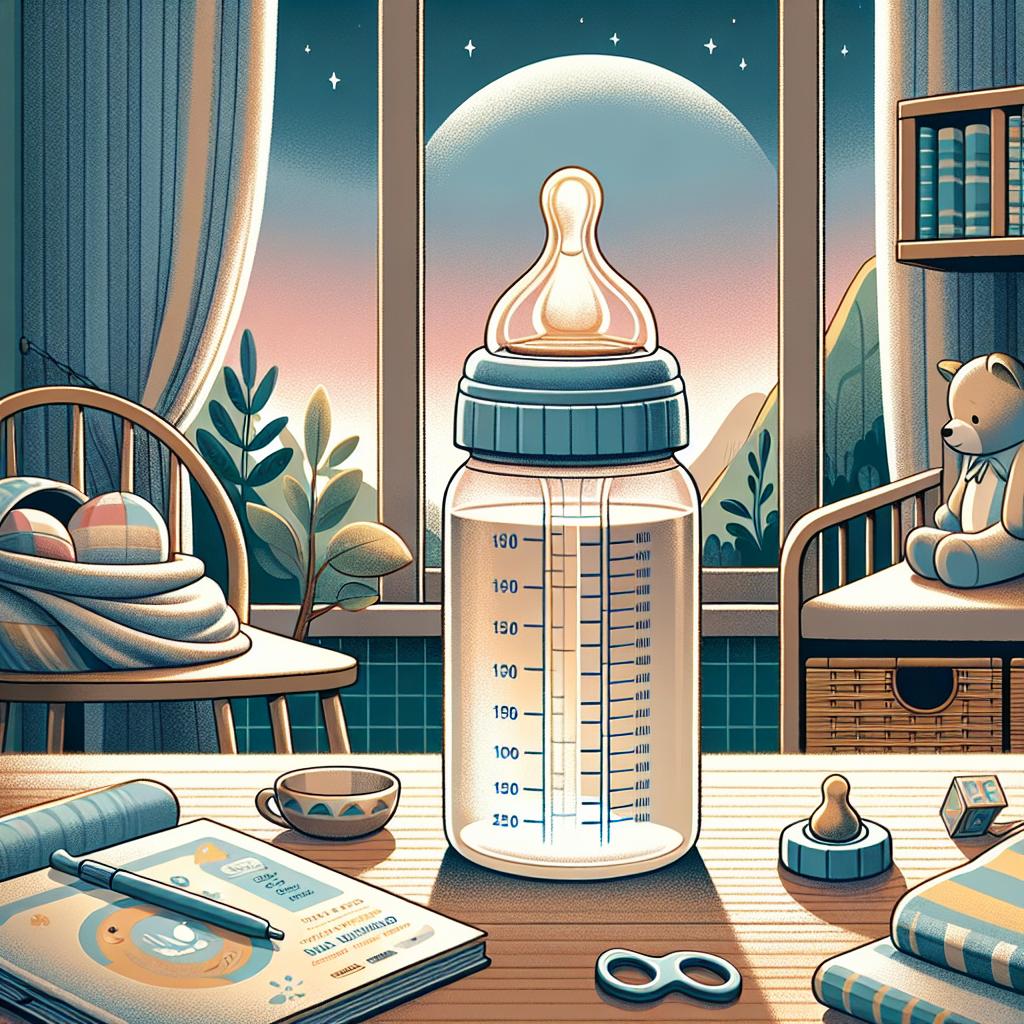Essential Feeding Routine Bottles
The Importance of Quality Bottles in Your Child’s Feeding Routine
Quality feeding bottles play a significant role in your child’s growth and development. It’s a tool that not only provides nourishment but also aids in their physical and emotional well-being. The right feeding bottle:
- Eases your baby’s transition from breastfeeding to bottle feeding.
- Prevents unwanted intake of air during feeding, reducing discomfort and colic.
- Supports your child’s oral development.
- Helps in establishing a regular feeding routine.
A Closer Look at Complete Feeding Bottles
Feeding your child can be a daunting process, especially for first-time parents. The choice of feeding bottles is crucial and often overlooked. We will walk you through the importance of quality complete feeding bottles and why they should be a part of your essential feeding routine items.
The Biomimetic Bottle is a prime example of a complete feeding bottle. It mimics the natural feel and function of a mother’s breast, making the transition from breastfeeding to bottle-feeding seamless.
Key Features of a Complete Feeding Bottle
Not all feeding bottles are created equal. It is important to know the features that make a bottle stand out. Here are some specific characteristics of a complete feeding bottle:
- Biomimetic Design: Imitates the natural breast, making the feeding experience more comfortable for the baby.
- Anti-colic valve: Prevents air swallowing that can cause discomfort or colic.
- Ergonomic Design: Ensures easy grip for both parent and baby.
- Easy to Clean: No additional tools required and can be effortlessly sterilized to ensure baby’s safety.
Incorporating these bottles into your routine will not only make feeding time a breeze but will also support your child’s overall growth and development. You can learn more about these features and benefits from popular mom choice: biomimetic bottles explained.
How to Transition Your Baby to a Bottle
Transitioning your baby from breast to bottle can sometimes be a challenging process. This might be due to the noticeable difference in the feeling between a mother’s breast and a bottle teat. However, a complete feeding bottle with a biomimetic design can ease this process.
My Little Eater offers a comprehensive guide on how to transition your baby off the bottle.
Feeding to Sleep: The Good and The Bad
Feeding to sleep is a common practice among parents. It’s seen as a quick and effective method of putting a baby to sleep. However, this practice has both its advantages and disadvantages.
According to Live Love Sleep, while feeding to sleep can help establish a routine, it may lead to sleep association where a baby struggles to sleep without being fed.
Choosing the Ideal Bottles for Your Child
When it comes to choosing the right feeding bottle for your child, several factors come into play. You need to consider the material, size, shape, and nipple type.
The National Childbirth Trust recommends starter kits for newborns that include small bottles for expressed milk or formula. These bottles can be replaced with bigger bottles as your baby grows and needs more milk.
Bottles with wide necks can make preparation of formula easier. They are also usually easier to clean. The shape of the bottle, whether tall and slender or short and squat, depends on your personal preference and what your baby finds comfortable.
Understanding Bottle Nipple Choices
The bottle nipple is equally essential in the selection process. Factors to consider include the flow, shape, and the material of the nipple.
A slow flow nipple is ideal for newborns and breastfed babies moving on to bottles, as it mimics the natural flow of breastmilk. As your baby becomes a quicker and more efficient feeder, you can switch to a medium or fast flow nipple.
Caring for Your Baby’s Feeding Bottles
Maintaining the quality of your child’s feeding bottles is key to their health and well-being. This includes regular sterilization and ensuring that all parts are in good condition.
Bon Appétit offers excellent tips on cleaning bottles, some of which can apply to your baby’s feeding bottles too. Always wash your hands before handling sterilized bottles and nipples and store them in a clean, covered place.
Combining Breastfeeding with Bottle-feeding
Sometimes combining breastfeeding with bottle-feeding is inevitable due to various reasons. This practice, known as combo-feeding, can indeed offer flexibility.
Milk Drunk provides an in-depth guide on how to supplement with formula, along with the benefits and potential challenges of combo-feeding.
Helping a Breastfed Baby Accept a Bottle
The process of introducing a bottle to a breastfed baby is often challenging. However, patience, consistency, and a little trial and error can work wonders. Rachel O’Brien IBCLC provides valuable tips to make this transition smooth.
In Conclusion
Feeding bottles are indeed an integral part of your child’s feeding routine, providing nourishment, supporting their growth and development, and serving as a tool for bonding. So, engage in careful selection, regularly clean and sterilize them, and introduce them to your child with patience and consistency.
Remember, a comfortable baby makes a happy baby, and a happy baby makes a joyous parent. So, select wisely, make feeding times engaging, and add value to your child’s health and well-being.






